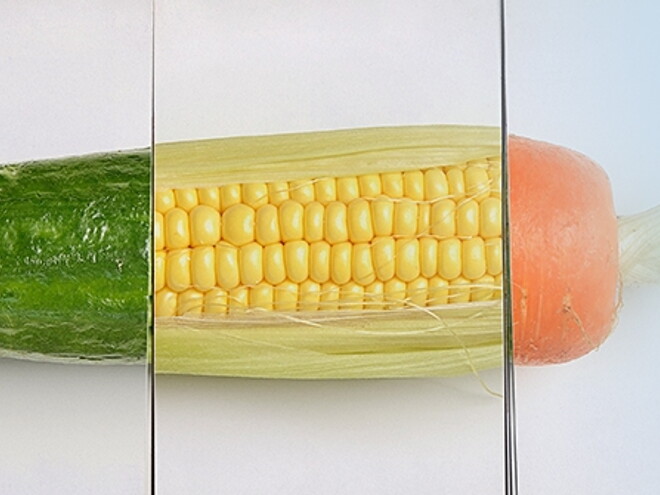
7 simple food swaps to consider before you get pregnant
Eating well now can have a positive impact on your pregnancy, as well as a lasting effect on your baby’s health.
Eating well now can have a positive impact on your pregnancy, as well as a lasting effect on your baby’s health
If you’ve made the exciting, life-changing decision to start a family, eating healthily, and getting your body ready for pregnancy are the first steps of your journey.
Your simple swaps challenge
It need not be difficult – a few simple changes can make a big difference to your overall diet. Look through the list below and if you see some changes you could make, challenge yourself to make some of these 7 smart swaps within the next 7 days. By making one simple change a day, you could find that in just one week your diet is higher in fibre, B vitamins, and zinc, yet lower in salt, sugar, saturated fat, and caffeine. Good news for you – and your baby-to-be!
1) SWAP white bread FOR whole grain bread [✓]
Whole grain bread contains more fibre than most white varieties. Fibre aids your digestion and helps to prevent constipation. Food rich in fibre (including whole grains, fruit, and vegetables) can also make us feel fuller than foods that are lower in fibre.
2) SWAP takeaway burgers FOR chicken fillets [✓]
Processed foods such as burgers, sausages, and chicken nuggets tend to be high in salt and saturated fat. Instead, stock up at the grocery store where you can choose quality and easy-to-cook cuts of leaner meat, fish, and poultry. If you work, packing your lunch a few days a week, instead of take-out, is another great way to improve your diet and save a few dollars too!
3) SWAP sugary sodas and juices FOR water [✓]
Healthy hydration goes a long way so make water your drink of choice. Did you know that one 330ml can of your favourite soft drink can contain as much as seven teaspoons of sugar? Juices can also have too much sugar and should be limited. Try dressing your water up by adding your own fruit and herbs, like simple lemon slices or crushed berries and mint.
4) SWAP high-sugar cereals FOR whole grain cereals [✓]
Many breakfast cereals can contain high levels of sugar and salt, so instead, choose whole grain cereals or oatmeal with no added sugar. Add a hint of natural sweetness by topping with fresh fruit, such as berries or banana, or add some crunch with toasted nuts and seeds.
5) SWAP coffee FOR caffeine-free beverages [✓]
Caffeine does cross the placenta so limiting the amount of caffeine you drink is a good choice during pregnancy. Experts recommend keeping caffeine intake below 300 milligrams, which is about 2 cups of coffee, per day. Try stocking your cupboards with a range of tempting caffeine-free options. And if you’re not yet in the habit of drinking water with meals and throughout the day, now is a good time to start.
6) SWAP cookies FOR fresh fruit [✓]
There’s nothing wrong with the occasional sweet treat, but frequent overindulging may not be a good idea. Along with too much sugar, these types of foods tend to be high in saturated fat and calories. If you usually enjoy a couple of cookies with your morning coffee, try swapping one of them for a piece of fresh fruit such as a banana. You’ll get the added benefit of vitamin B6 – a key nutrient before and during pregnancy that helps your body make new cells.
7) SWAP fish fingers FOR fish fillets [✓]
Eating fish is great for you and your future baby. Fish provides zinc, which helps support your immune system, and vitamin B12, which is needed for the production of red blood cells. Certain fish, like salmon, contain DHA, an omega-3 fatty acid that is good for you and can also help your future baby’s brain and eyes develop. Head to the fresh seafood section more often as an alternative to frozen fish products which are often battered or bread.
Sources
Public Health Agency of Canada. Caffeine and pregnancy. https://www.canada.ca/en/public-health/services/pregnancy/caffeine.html Accessed July 29, 2020
Health Canada. Canada’s Food Guide: Make water your drink of choice. https://food-guide.canada.ca/en/healthy-eating-recommendations/make-wat…
Accessed July 29, 2020





















